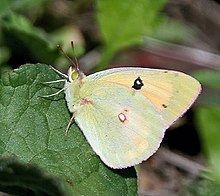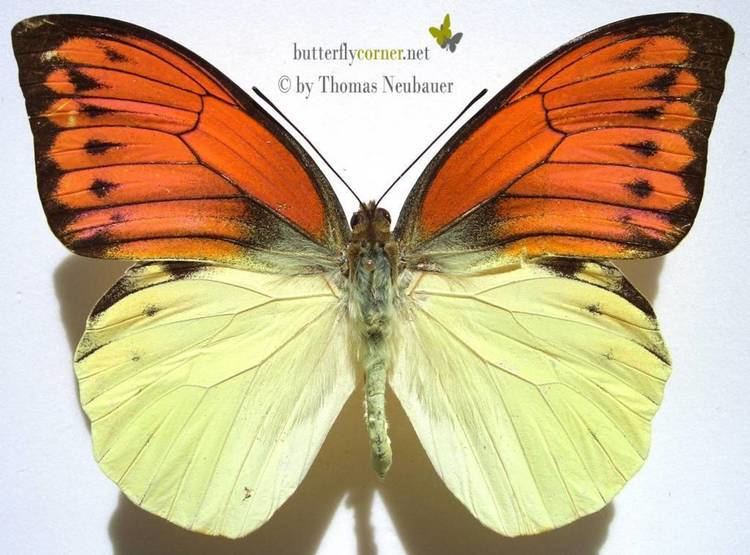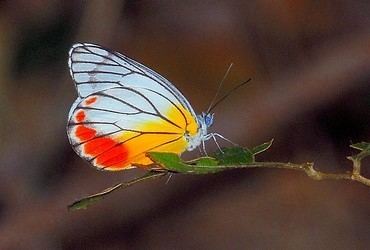Order Butterflies and moths Higher classification Papilionoidea | Suborder Ditrysia Scientific name Pieridae Rank Family | |
 | ||
Lower classifications Pieris rapae, Pieris, Pieris brassicae, Colias, Green‑veined white | ||
Cabbage white butterfly pieridae pieris rapae close up
The Pieridae are a large family of butterflies with about 76 genera containing about 1,100 species, mostly from tropical Africa and tropical Asia with some varieties in the more northern regions of North America. Most pierid butterflies are white, yellow, or orange in coloration, often with black spots. The pigments that give the distinct coloring to these butterflies are derived from waste products in the body and are a characteristic of this family.
Contents
- Cabbage white butterfly pieridae pieris rapae close up
- The papilionidae and pieridae of washington david droppers
- Classification
- Subfamilies
- Some popular species
- Some pest species
- References

The name "butterfly" is believed to have originated from a member of this family, the brimstone, Gonepteryx rhamni, which was called the "butter-coloured fly" by early British naturalists.

The sexes usually differ, often in the pattern or number of the black markings.
The larvae (caterpillars) of a few of these species, such as Pieris brassicae and Pieris rapae, commonly seen in gardens, feed on brassicas, and are notorious agricultural pests.

Males of many species exhibit gregarious mud-puddling behavior when they may imbibe salts from moist soils.
The papilionidae and pieridae of washington david droppers
Classification
The Pieridae have the radial vein on the forewing with three or four branches and rarely with five branches. The forelegs are well developed in both sexes, unlike in the Nymphalidae, and the tarsal claws are bifid, unlike in the Papilionidae.
Like the Papilionidae, the Pieridae also have their pupae held at an angle by a silk girdle, but running at the first abdominal segment, unlike the thoracic girdle seen in the Papilionidae.
Subfamilies
The Pieridae are generally divided into these four subfamilies:
According to the molecular phylogenetic study of Braby et al. (2005), sister group relationships among Pieridae subfamilies are ((Dismorphiinae + Pseudopontiinae) + (Coliadinae + Pierinae)).
